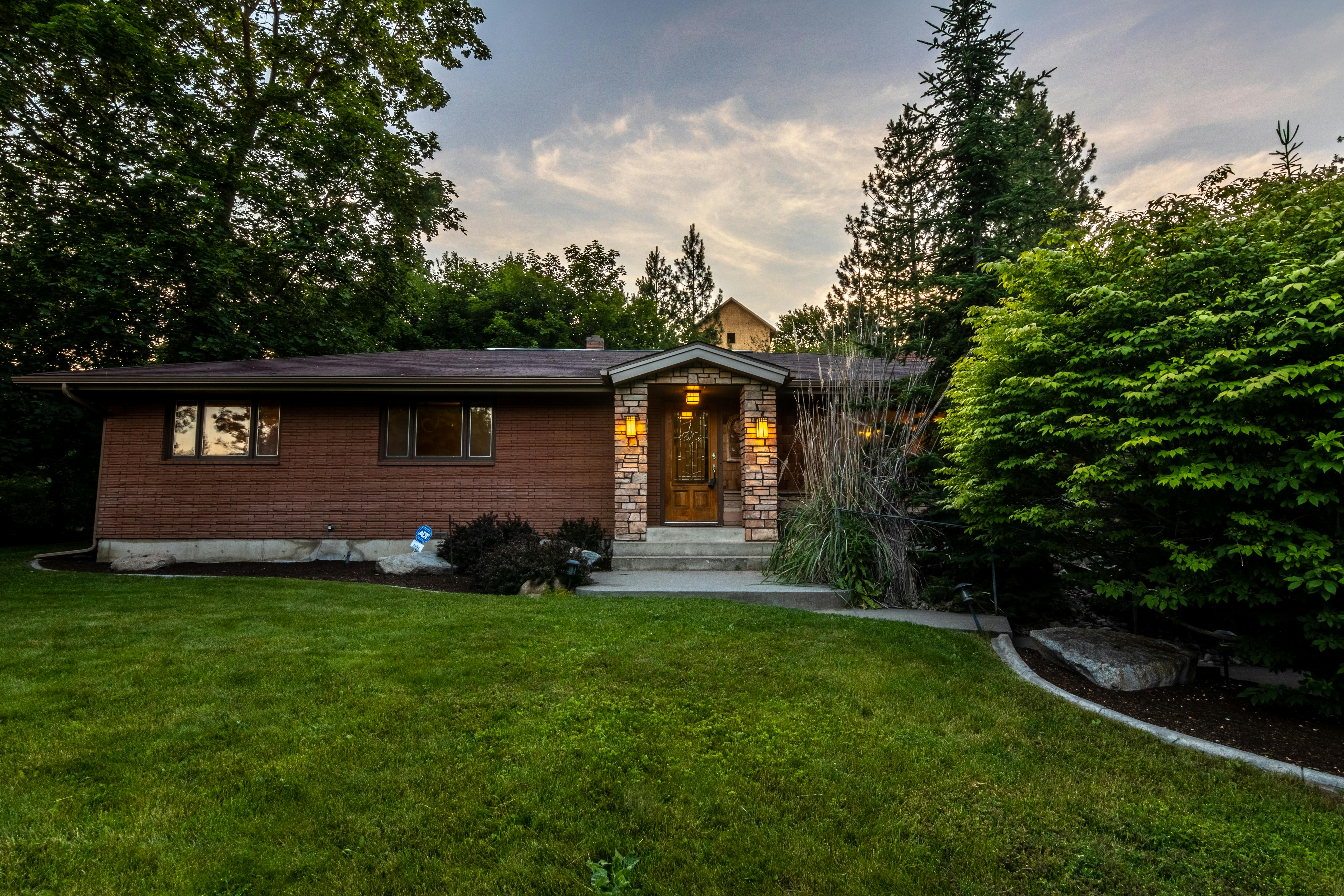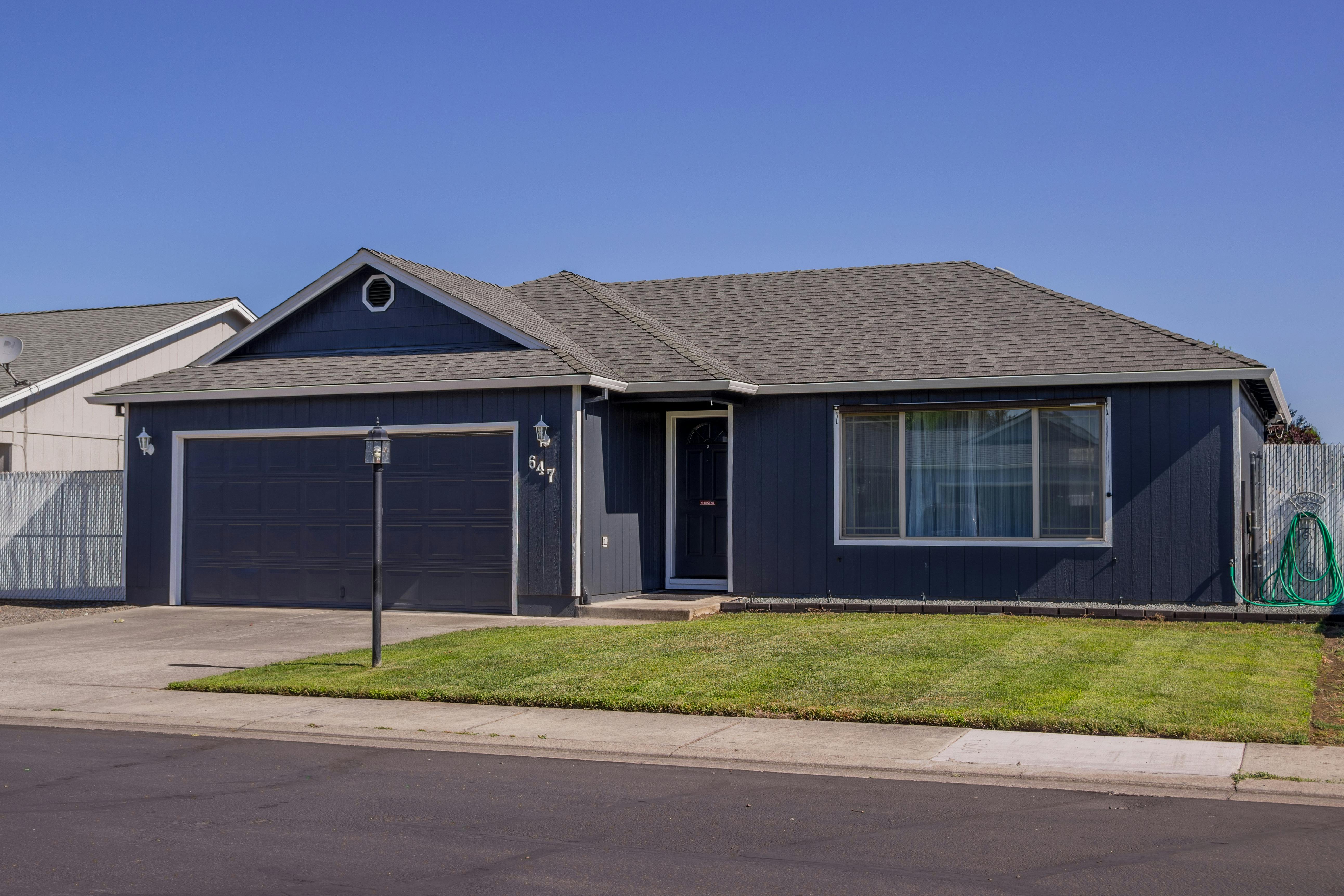The Coastal Law leaves thousands of Spanish real estate investors without property rights
The current legislation was passed by the socialist government of Felipe González in 1988, but has only been widely implemented in recent years, under another socialist administration (PSOE), with far-reaching consequences.
The difference is that the Ministry of Rural and Marine Affairs, formerly known as the Ministry of the Environment, has begun to define these so-called designated spaces, thus classifying the areas occupied by private individuals as public land. All these areas are now considered Maritime Terrestrial Public Areas. (DPMT Maritime-Terrestrial Public Domain).
loss of rights
This has caused private sector constructions, perfectly legal, to be found in this public space, with the affected owners losing their right to own the property.
The state informs stakeholders of their new status, or will do so in the future. From that moment, all those affected can go to the local Department of Coasts of each autonomous community and to the corresponding courts of justice. However, to date, the government has won 98% of the cases.
How far do the waves go?
What is a Maritime Public Land Area (DPMT)? The Law of Coasts includes in this section all the sandbanks, cliffs and marshes. It even literally refers to the “strip of land that sea water (waves) can reach during the strongest storms ever known.” Therefore, in many areas, it extends to points much further inland than the tide normally reaches.
Included in this categorization are wet or marshy areas, inland lagoons and, of course, the beach. The beach is defined as the coastal area of sand, boulders or dunes, with or without vegetation. It also includes non-private islands or land reclaimed from the sea by natural or artificial means.
A team of biologists, geologists and judges coordinated by the Department of Coasts decides which areas of land meet the aforementioned specifications. All the land that does so is marked out and included in the public land area.
use without property
What happens to property owners in this designated Area of Public Maritime Land (DPMT)? If they can prove that the construction is legal, they lose their right to property, but not their right to use the property.
The Ministry grants them the right to mortgage their residence rights and passes them on to their heirs. This concession is renewable every 30 years without payment.
Right to claim
However, the government reserves the right to reclaim the property, if it believes it is in the general interest, as described in the legislation. In such cases, the owner in question is evicted and the property demolished. However, to reassure the owners, the government has been quick to state that this action has only been taken in a few cases in the last 20 years, and always after an agreement has been reached with the owners of the property. expropriated and compensation has been paid beforehand. to demolition.
However, if the property has been built on the land illegally and does not have any title to the property, the situation is different. In such cases, the final resolution is -as established by the Law of Costs- the demolition of the property. In addition, the owner of the property will have to pay the costs of the demolition for not having complied with the regulations.
Right of Access Area
The situation, however, is more complicated. The reduction or suppression of the rights of the owners is not limited to the Maritime Public Land Area (DPMT). The Law of Coasts extended this area by adding a zone of right of access that extended up to 100 meters from the seashore -where this public domain zone ends- except in relation to urban plans approved before January 1, 1988, when the legislation limited this distance to 20 meters. On the other hand, the State can also extend this access area to 200 meters if an agreement is reached with the Autonomous Community and the corresponding City Council.
In this space added to the Maritime Public Land Area (DPMT), all construction from homes to hotels is prohibited. The government has specified its use for gardens, sports areas or other leisure areas.
What happens to the buildings that are already there? They come under the special urban designation of “unauthorized.” Owners retain their property rights but cannot increase the size of the property, and any construction work must be authorized by the regional government. It is not the intention of the state to demolish properties in such cases.
What can be done?
In any case, both the owners of farms within the Maritime Terrestrial Public Zones (DPMT) and in the adjoining right of access zone must receive official notification of the change in their circumstances. After this, they can go to the regional office of the Coastal Department in their community to study plans, file a claim or exercise their rights. As a last resort, they can file a legal case against the government.




